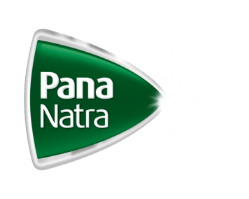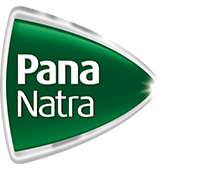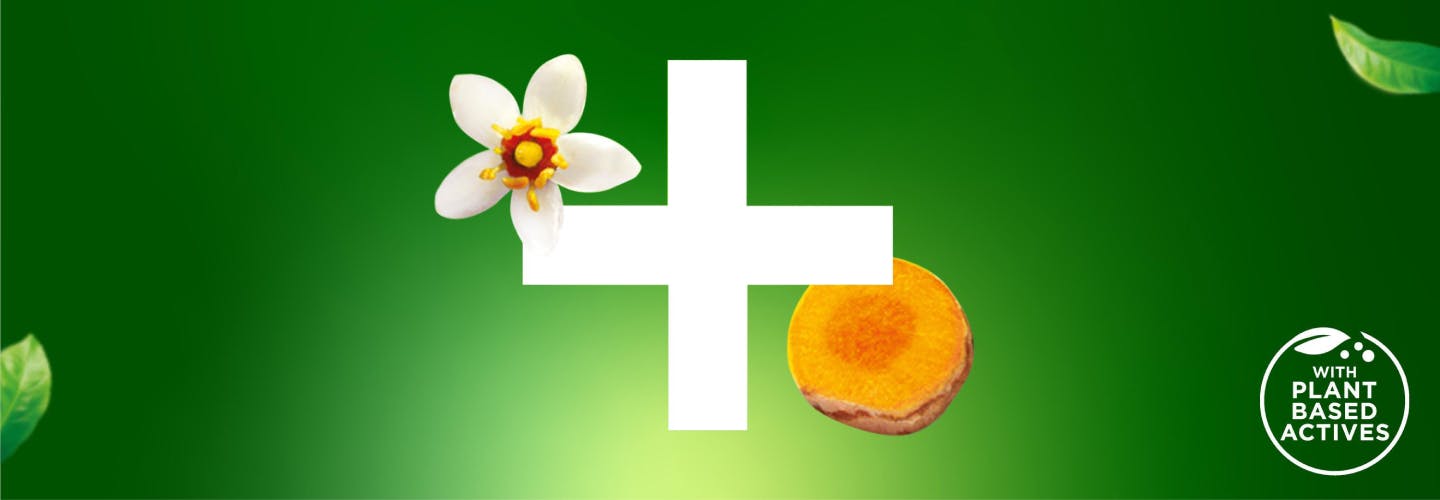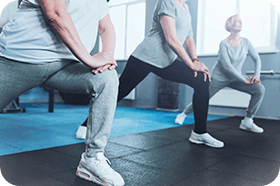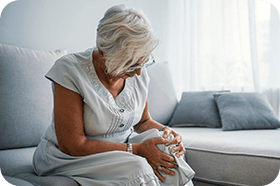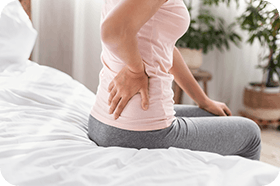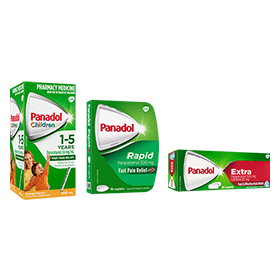
PanaNatra Joint Pain Relief
PanaNatra Joint Pain Relief Tablets is a triple-active formula with naturally-derived plant-based actives that are scientifically tested to tap into nature’s power to manage mild joint aches, pain and inflammation, and symptoms of mild osteoarthritis.

Curcumin

Boswellia
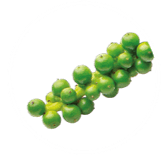
Piperine
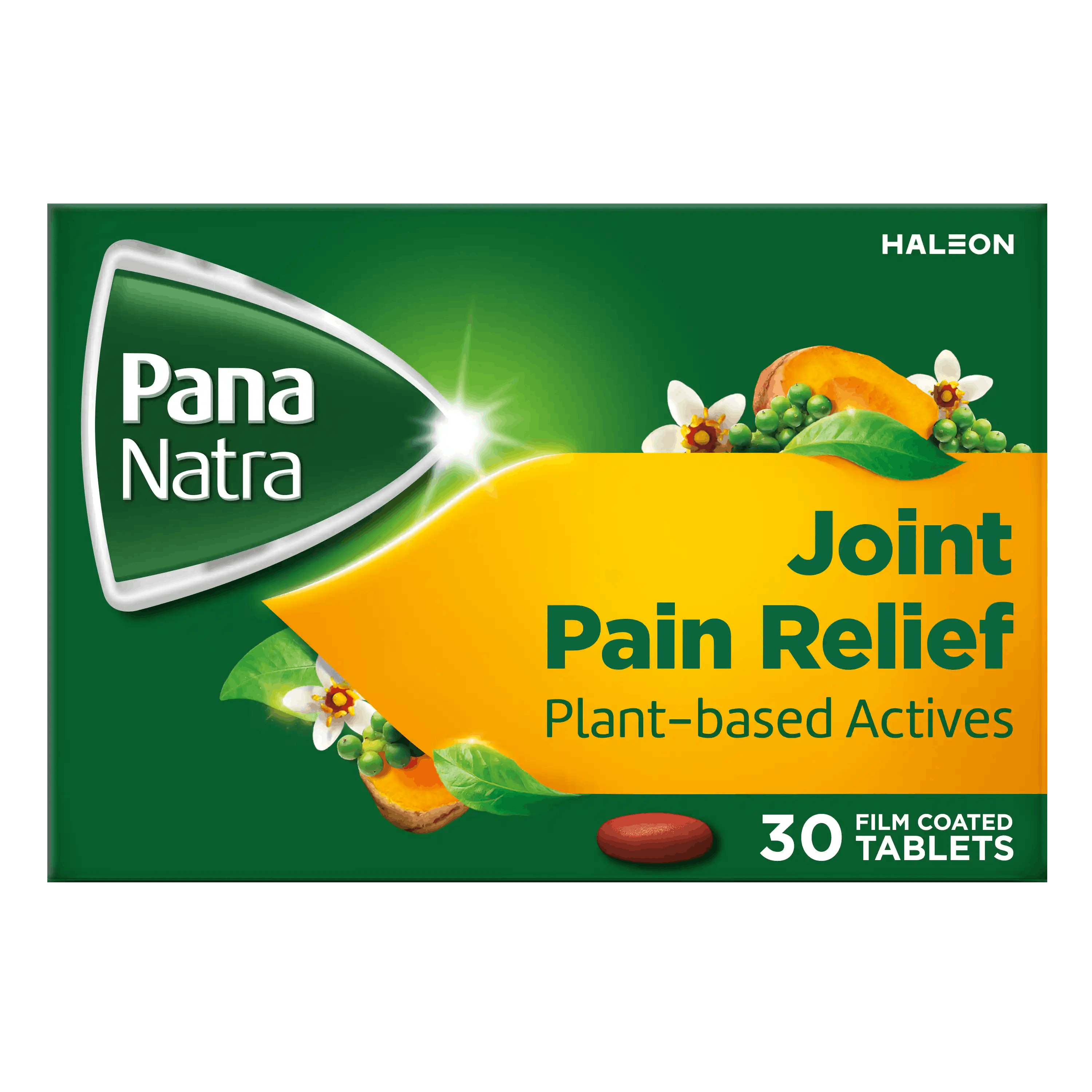
*Mild joint pain relief
PanaNatra Sleep & Pain Relief
PanaNatra Sleep & Pain Relief Tablets is a naturally-derived plant-based dual-benefit formula that is traditionally used in Ayurvedic medicine to promote sleep and relieve mild pain.
PanaNatra Sleep & Pain Relief helps manage mild pain that impacts sleep and helps promote and induce sleep.


Ashwagandha Root Extract

*Traditionally used for Ayurvedic Medicine
PanaNatra Muscle Pain Relief
PanaNatra Muscle Pain Relief Soft Capsules is a naturally derived formula with plant-based actives made through a patented Liquid Delivery Technology.
This is scientifically tested to manage and relieve muscle aches, pains and soreness.


Curcumin

Boswellia
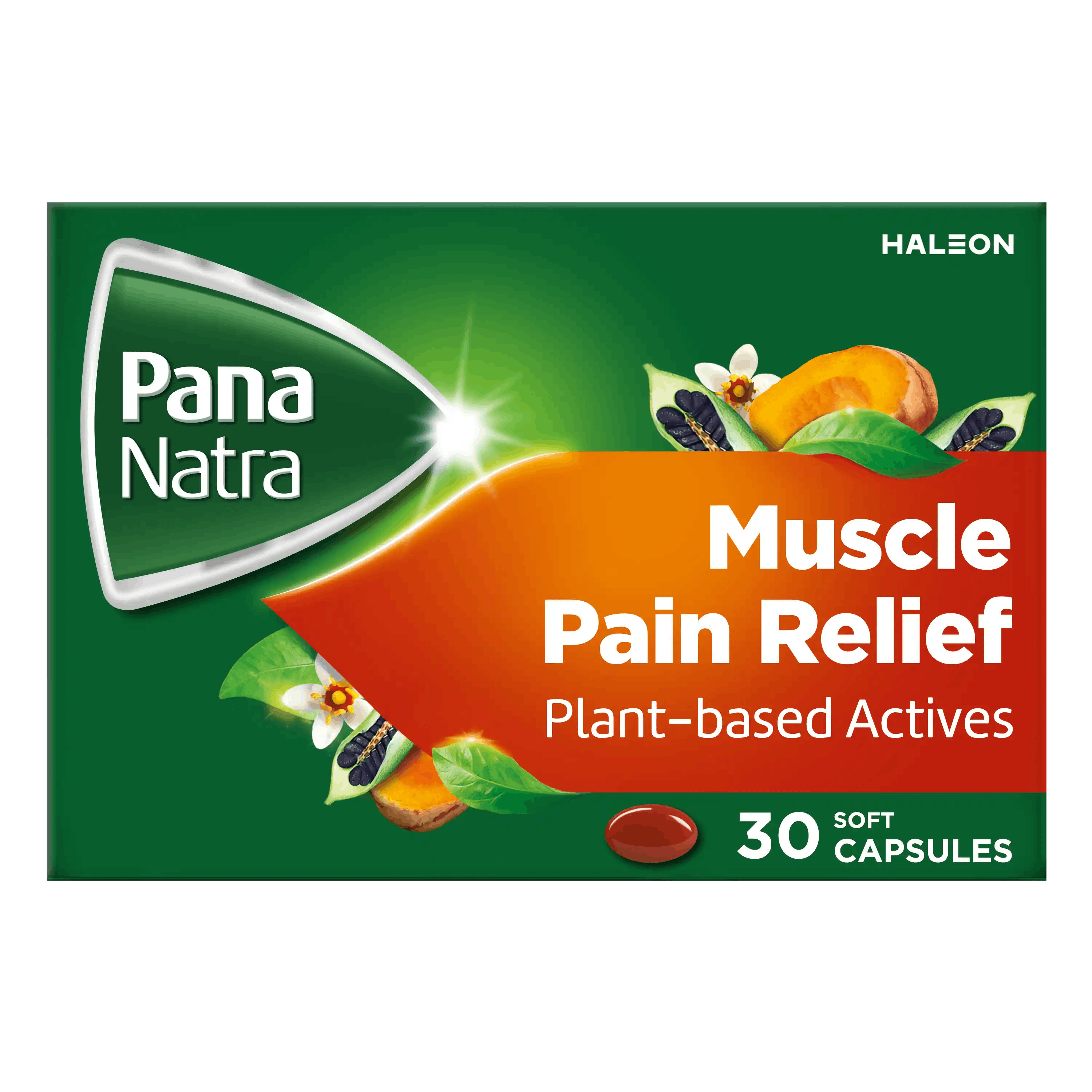
*Not Suitable for Vegetarians
Articles Hub
All About Ashwagandha: Benefits for Sleep & More
Boswellia: Benefits, Uses & More
Curcumin & Turmeric: Benefits & More
How to Sleep Better at Night Naturally
Mild Osteoarthritis: Causes and Remedies
Naturally-derived Remedies for Muscle Pain
Sore Muscles: Causes and Solutions

Tap here to change region
We’ve all had to deal with muscle pain at one time or another. Whether you partake in high-intensity sports or lower impact such as cycling, yoga and swimming you may experience muscle pain from a range of different types of exercise. Whether you have a deep ache or sharp pains, you want to deal with it quickly. While many of us will experience muscle pain differently, there are several over-the-counter options available in pharmacies and grocery stores. There are also some things that can be done at home to help manage muscle pain, including chest muscle pain, back muscle pain or neck muscle pain. Read on to find out more about causes, types and how you can help yourself.
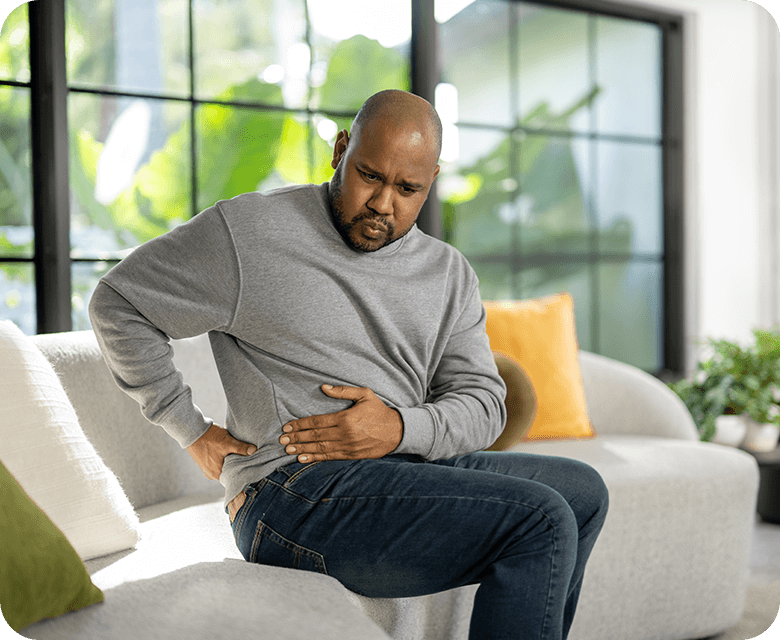
What causes muscle pain?
There are several reasons you may struggle with muscle pain, some of which are common and can be relieved at home, and others that may need help from a medical professional.
Reasons for muscle pain include but aren’t limited to:
Injuries
One of the most common reasons behind muscle pain is injuries. Overusing your muscles can cause muscle pain. And seeing as over 70% of Australians between the ages of 18-64 exercise for 150 minutes or more, it’s something many of us will encounter. Consult a healthcare professional if you think you have an injury that is causing the muscle pain that is causing your distress.
Exercise
After exercising, you may find that muscles ache or stiffen for a few days; this is normal and known as delayed onset muscle soreness (DOMS). It usually lasts 2-5 days, and relief can be found at home, which we’ll discuss later. If you have pain lasting longer than 5 days, consult a medical professional.
What are the different types of muscle pain?
Depending on the cause and your own body's reaction to pain, there are several different types of muscle pain that you may experience, including:
- Cramping – a short and intense muscle contraction
- Stiffness and soreness – caused by muscle inflammation
- Spasms – a more severe form of muscle stiffness
- Muscle tears – slight tear of the muscle
- Pulled or strained muscles – larger tear
- Full muscle tears – the most severe kind
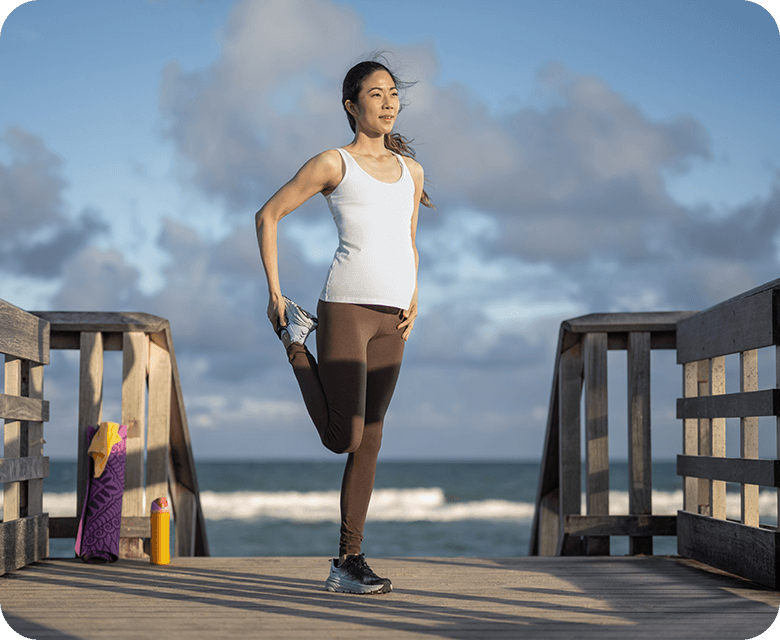
Exercises and stretches for muscle pain relief
But what about muscle pain relief? For many kinds of muscle pain, including chest, back and neck muscle pain, you can manage them at home with exercises and naturally-derived pain relief options. If the pain is unbearable or continues despite trying to help yourself, consult your healthcare professional.
Stretches
Knee to Chest – Bring your knee up to your chest, holding your shin with your hands and pulling up slightly so you feel a slight stretch. Hold for 10 seconds before repeating on the other leg.
Arm Circles – Hold your arms to your side, parallel to the floor, then make small circular motions with your arms, alternating clockwise and anticlockwise.
Leg Swing – Similar to the arm swing. Hold on to something steady and create about a foot of space between you and what you’re holding on to. Then, swing your leg back and forth to a comfortable height.
Exercising
When you have muscle soreness, there are some light activities you can consider as gentle recovery exercises, which include:
- Swimming laps
- Walking or easy hiking
- Cycling
- Resistance band exercises
- Yoga
All of these can be done at your own pace, meaning you can take the time to listen to your body while also helping it recover. Don’t forget, if you feel that you’re injured or aren’t feeling better after a few days, talk to your healthcare provider.
Natural-based muscle pain relief
There are a number of natural remedies for muscle pain and inflammation, some of which have been used for thousands of years. Explore some below:
Boswellia
Boswellia, which is also known as Indian Frankincense, has been used as a natural remedy to treat pain and physical dysfunction which can be caused by chronic illnesses which include osteoarthiritis and inflammatory bowel disease. But how does it work? It is thought that Boswellic acid may interfere with cell functions that cause pain and inflammation, therefore relieving pain.
Turmeric
Turmeric and its compound curcumin have traditionally been used as antiseptic and anti-inflammatory medicine. Originally it comes from the ginger family and you may recognise it from certain curries. Curcumin has been shown to decrease inflammation and can taken in supplement form as it is harder to absorb through food alone.
As we have seen there are many ways that you can treat muscle pain at home; however, if pain persists or you are struggling, contact your healthcare professional.
